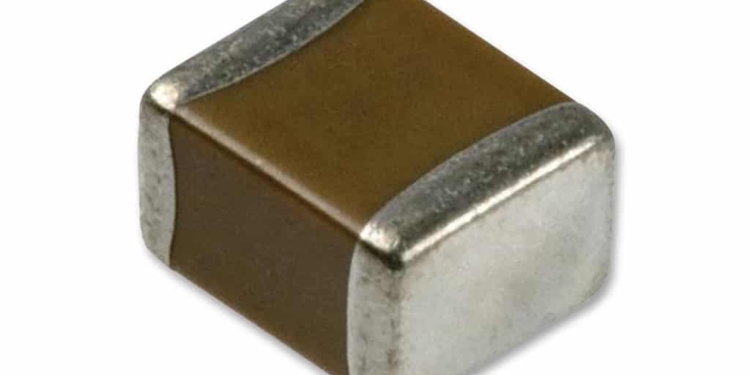Source: DigiTimes news
Taiwan-based suppliers of MLCCs and chip resistors are expected to see demand pick up gradually later in the second quarter of 2019, with factory utilization rates rebounding, according to industry sources.
MLCC, chip resistor and other passive components demand have been affected negatively by trade disputes between the US and China, as well as seasonality. However, demand will likely pick up starting the latter half of the second quarter, the sources indicated.
Prices for entry-level and mid-range MLCCs will continue showing a downward trend but at a slower pace in the second quarter, said the sources. As for higher-capacitance MLCCs, demand for automotive electronics and industrial applications will still be promising encouraging Japan- and Korea-based vendors to remain focused on the segment, the sources continued.
Meanwhile, Taiwan-based MLCC firms including Yageo and Walsin Technology have moved to aggressively develop mid- and high-capacitance MLCCs for product diversification and future competitiveness, the sources said. The mid- and high-capacitance MLCC segment is set to expand in the 5G and AI era.
Taiwan-based MLCC specialists Yageo, Walsin Technology and Holy Stone Enterprise have reported sequential increases in March consolidated revenues of 13.4%, 27.2% and 45.5%, respectively.
Yageo announced consolidated revenues of NT$3.52 billion (US$113.9 million) for March 2019, down 17.7% on year. Consolidated sales for the first quarter totaled NT$11.39 billion, down 29.8% sequentially but up 3.3% from a year earlier. Yageo attributed the on-quarter revenue decline to “weak demand from end customers in Greater China region and Chinese distributors’ ongoing inventory digestion.” Looking into the second quarter, the company is cautious about its performance as “demand from consumer electronics in Greater China region has not shown a strong recovery yet.”
Walsin posted consolidated revenues of NT$2.81 billion in March 2019, up 6.8% from a year ago. Consolidated sales for the first quarter came to NT$8.32 billion, down 28.8% on quarter but up 24% on year.
Holy Stone generated March revenues of NT$1.14 billion, down 18.4% from the same period in 2018. The company saw its revenues fall 16.6% sequentially and 9.6% from a year earlier to NT$3.03 billion in the first quarter of 2019.
































